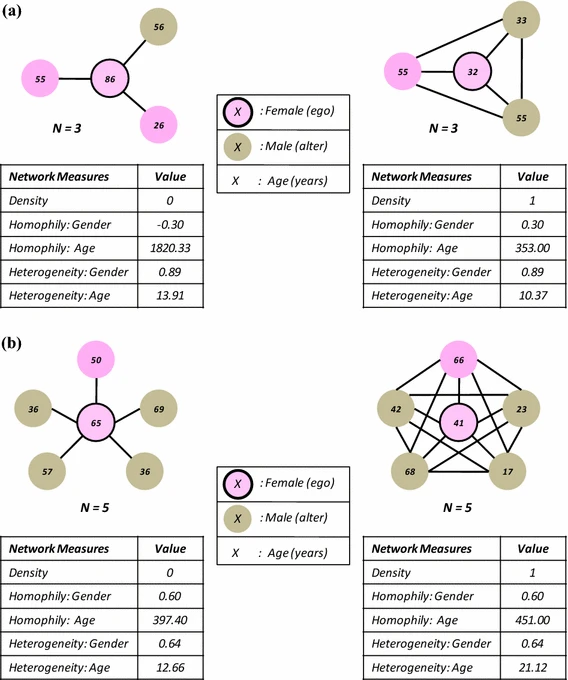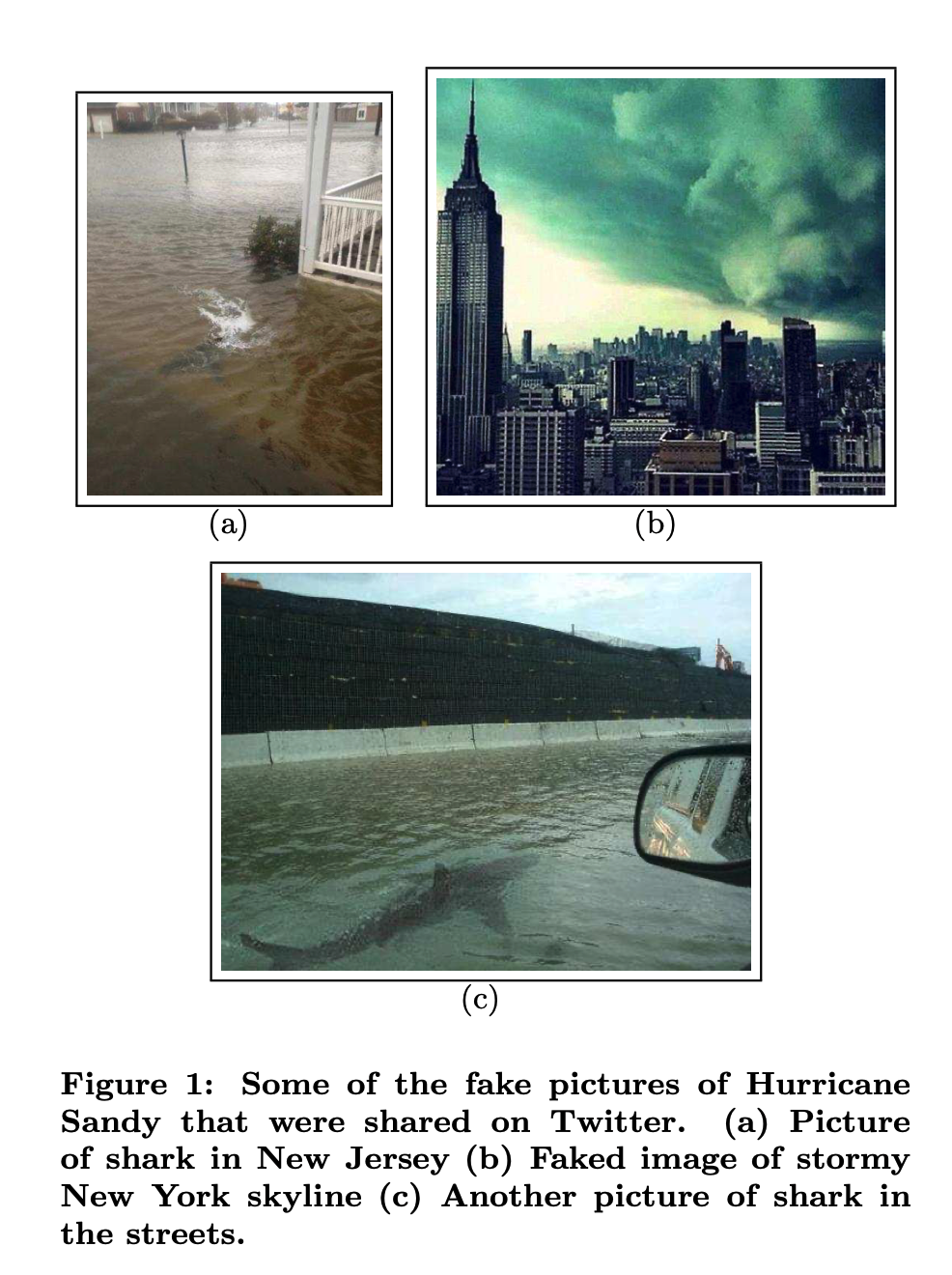Lecture 14
Climate change
Natural disasters
Network Science Institute | Northeastern University
NETS 7983 Computational Urban Science
2025-04-15
Welcome!
This week:
Climate change and Natural Disasters in urban areas from the perspective of Computational Urban Science

You are here
Data -> Methods -> Models -> Applications.
Aims
- Understand the use of Computational Urban Science on the impact of climate change and natural disasters
- Present some studies and applications of CUS in climate change and natural disasters
- Discuss the potential of CUS to inform policy decisions, improve disaster response, and enhance community resilience
Contents
- Climate change
- CUS in Climate change
- Effect of cities and urbanization in climate change
- Effect of climate change on human behavior
- Climate change communication and misinformation.
- Climate change adaptation and resilience.
- Natural disasters
- CUS in Natural disasters
- Population displacement and evacuation modeling
- Longer-term recovery and resilience
- Inference of damages to built environment
- Social networks and information dynamics
- Conclusions
- Further reading
- References
Climate change
CUS in Climate change
Large-scale behavioral data is an invaluable resource for understanding the impact of climate change on human mobility and social dynamics [1]. By analyzing large-scale datasets can enable system-level climate actions and policies.
- Gain insights into how people respond to and adapt to climate change.
- Identify the factors that influence these patterns, such as population density, infrastructure, and socio-economic status.
- Explore the role of social networks in shaping human behavior in response to climate change.
- Investigate the impact of climate change on social interactions and community resilience.
- Increase trust and minimize missinformation in climate change communication.
CUS in Climate change
Computational Social Science enabled behavioural climate action, from [2]

CUS in Climate Change
The applications can be categorized into 4 main areas:
- Effect of cities and urbanization in climate change
- Effect of climate change on human behavior.
- Climate change communication and misinformation.
- Climate change adaptation and resilience.
Effect of cities and urbanization in climate change
In [3] Manoli et al found that Urban Heat Islands are mainly explained by climate and population in those urban areas.

Effect of cities and urbanization in climate change
In [4], they found that urbanization exacerbates the probability of extreme droughts: by 2050, 50-70% of urban regions would consistently suffer droughts due to urban expansion

Effect of climate change on human behavior
Analyzing tens of millons of posts on social media in different cities, Baylis et al [5] found that colder weather is associated with more negative sentiment, while warmer weather is associated with more positive sentiment.

Climate change communication and misinformation.
In a very recent paper, [6], they studied how to persuade climate skeptics using surveys. They found that exposure to factual climate change news increase concern about climate change, challenging the belief that they are unmovable.

Climate change adaptation and resilience.
People change their behavior to adapt for climate change. For example, [7] found that outdoor activity is severly reduced by extreme heat, and it is delayed in time within the day

Natural disasters
CUS in Natural disasters
Large-scale behavioral data is an invaluable resource for understanding the impact of natural disasters on human mobility and social dynamics. By analyzing data from mobile devices, we can
- Gain insights into how people respond to and recover from such events.
- Understand the patterns of human mobility before, during, and after disasters.
- Identify the factors that influence these patterns, such as population density, infrastructure, and socio-economic status.
- Explore the role of social networks in shaping human behavior during disasters.
- Investigate the impact of disasters on social interactions and community resilience.
- Analyze the long-term effects of disasters on human mobility and social dynamics.
CUS in Natural disasters
The applications can be categorized into 4 main areas:
- Population displacement and evacuation modeling
- Longer-term recovery and resilience
- Inference of damages to built environment
- Social networks and community dynamics
Population displacement and evacuation modeling
Evacuation and displacement estimation using mobile phone data, social media, etc. can be used to:
- Estimate the number of people displaced by a disaster
- Identify the locations where people are likely to evacuate
- Understand the factors that influence evacuation behavior
To:
- Quick identification of post-disaster needs,
- Planning of emergency supply distribution networks,
- Pre-positioning of resources and supplies
Population displacement and evacuation modeling
Example: Lu et al. [8], used CDR to study predictability of displacement mobility patterns after the Haiti Earthquake in 2010. 1.9 million mobile phone users: estimated 23% of population in the capital displaced. But displacement destinations were highly correlated with pre-disaster mobility patterns (mobility predictability).

Population displacement and evacuation modeling
Wang et al. [9] found that those correlations extend to many other disasters, including hurricanes, thundersorms, typhoons, wildfire

Population displacement and evacuation modeling
A general framework to study displacement and evacuation patterns is to detect mobility anomalies and universalities in post-disaster movements. For example, Yabe et al [10], found some relationships between seismic intensity levels and evacuation rates. However, distances traveled are not correlated with the intensity of the earthquake.

 |
|
Population displacement and evacuation modeling
Despite that universality, not all people are equally affected by evacuation: Deng et al [11] using LBS data found that race and wealth strongly impact evacuation patterns, with disadvantaged minorities being less likely to evacuate during hurricane Harvey.

Longer-term recovery and resilience
One of the advantages of large-scale data in CUS is the ability to track movements of users over a long period of time. This allows us to study the long-term effects of disasters on human mobility and social dynamics like:
- Migration patterns after disasters
- Community resilience and recovery
- Business recovery
- Economic impact of disasters
This allows:
- Understanding the factors that influence recovery
- Identifying the communities that are most vulnerable to disasters
- Longer term infrastructure planning
- Evaluating the effectiveness of disaster response and recovery efforts
Longer-term recovery and resilience
Example: use causal techniques to estimate the impact of disasters on business using human mobility data [12]

Longer-term recovery and resilience
Example: use causal techniques to estimate the impact of disasters on business using human mobility data [12] (using BSTS modeling)

Longer-term recovery and resilience
Using credit card transactions in Mexico to investigate the resilience of communities to hurricanes [13]

From BBVA AI Factory
Longer-term recovery and resilience
Many studies studied potential precursors of resilience to natural disasters using large-scale data to be able to identify what factors are correlated with resilience. For example, many papers [14] [15] [16] found that social capital is a key factor in determining the resilience of communities to disasters.
- Households with denser personal networks experience quicker recovery.

Inference of damages to built environment
Another important application of CUS in natural disasters is the inference of damages to the built environment. This could help to:
- Identify the areas that are most affected by disasters
- Understand the factors that influence damage to buildings and infrastructure
- Evaluate the effectiveness of disaster response and recovery efforts
- Plan for future disasters, relief programs, insurance claims
Inference of damages to built environment
For example, in [17] they found that Twitter activity and sentiment around hurricane Sandy landing was correlated with per-capita economic damage.

Social networks and information dynamics
For example, in [19] they characterize and study the propagation of fake information about hurricane Sandy and who were propagating them


Conclusions
- CUS is a powerful tool to study climate change and natural disasters
- The availability of longtudinal data allows us to study the precursors, monitor the instantaneous and study long-term effects of disasters or climate change
- The applications of CUS in climate change and natural disasters are diverse and can be used to inform policy decisions, improve disaster response, and enhance community resilience.
Further reading
- Climate change:
- Natural disasters
- Mobile phone location data for disasters: A review from natural hazards and epidemics [21]
- Rapid assessment of disaster damage using social media activity [17]
- The Role of Social Networks and Information Sources on Hurricane Evacuation Decision Making [16]
- Building Resilience: Social Capital in Post-Disaster Recovery [15]
References

CUS 2025, ©SUNLab group socialurban.net/CUS
Social networks and information dynamics
Another important application of CUS in natural disasters is the study of social networks and information dynamics [18]. This could help to: